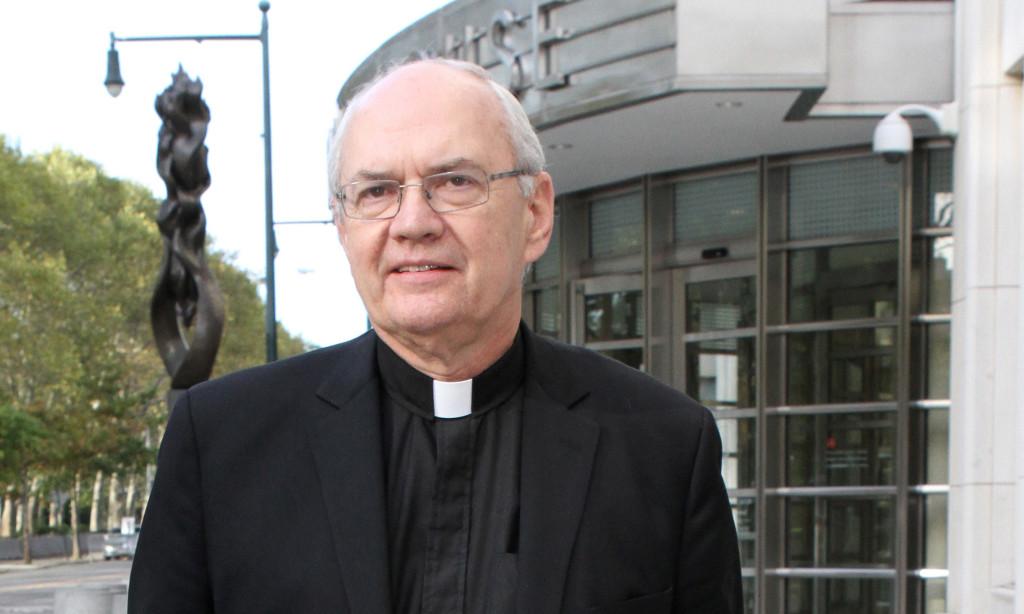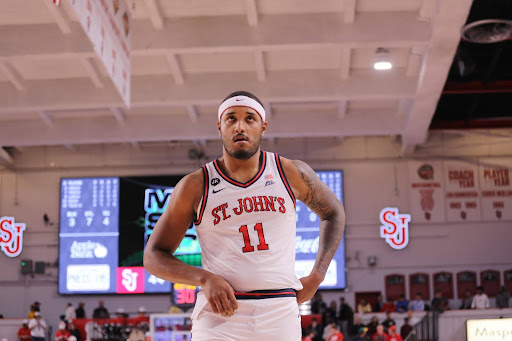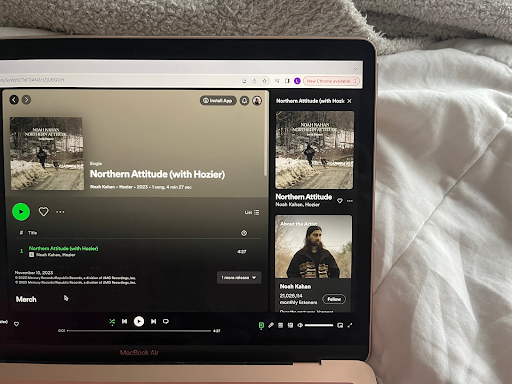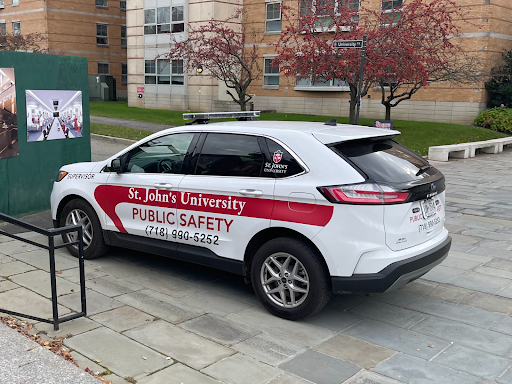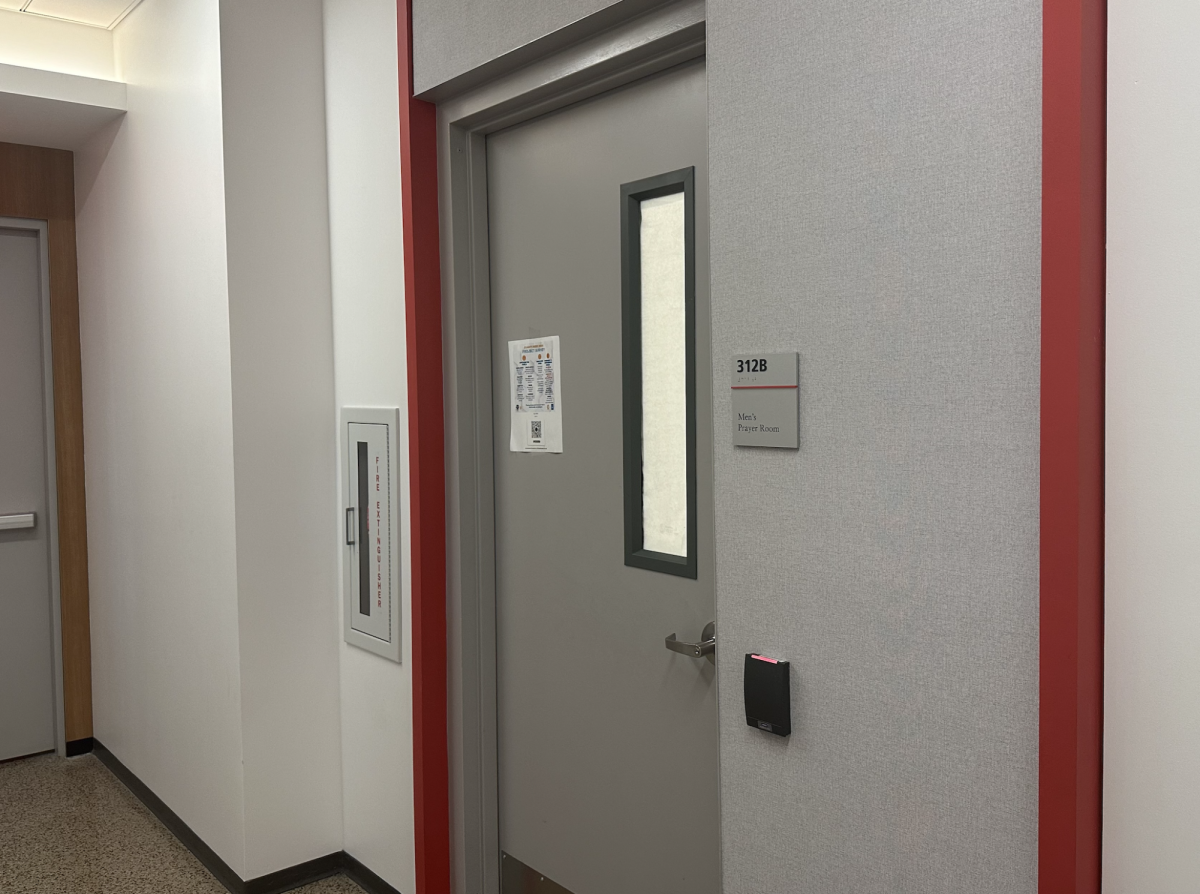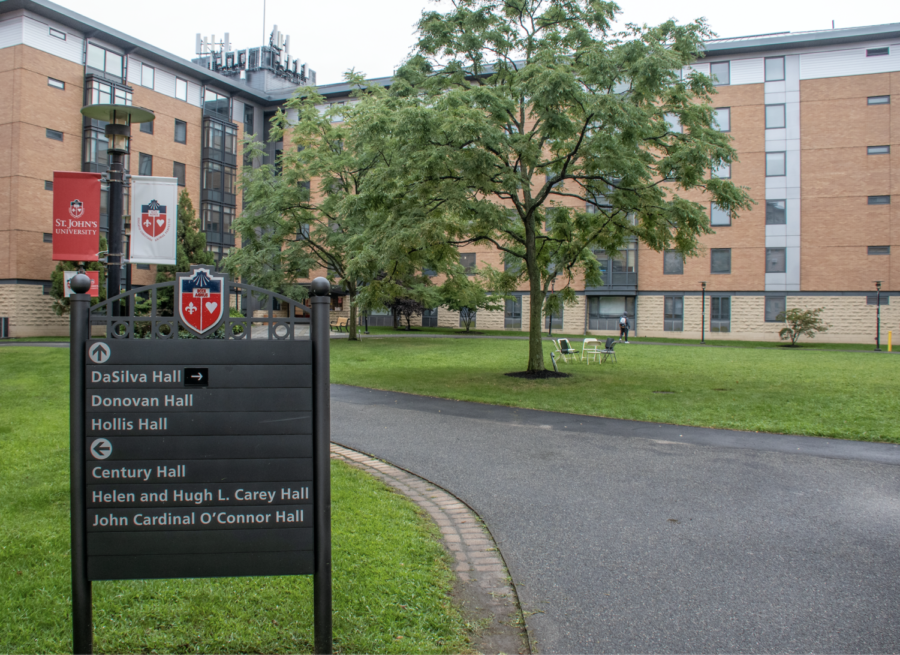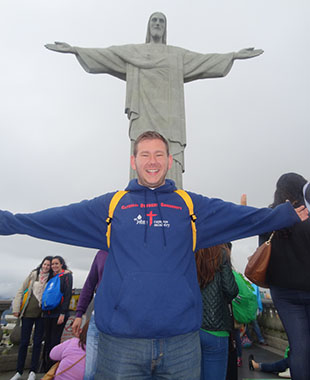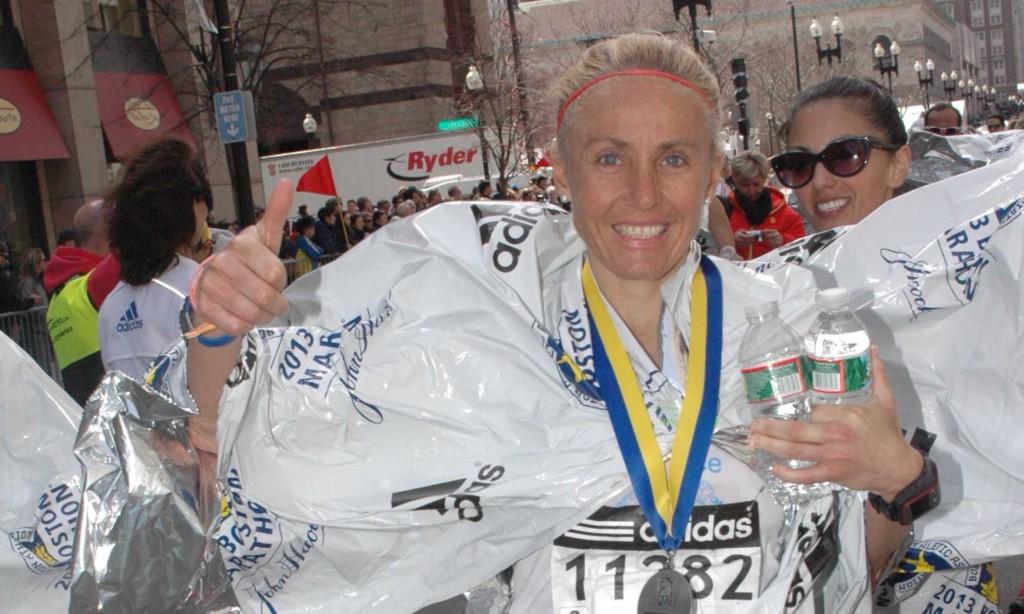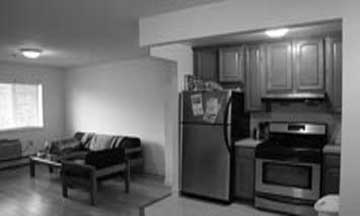Torch: In a normal period, what does your daily schedule look like?
Rev. Donald J. Harrington, C.M.: I spend a lot of time working with my direct reports so that’s the chief academic officer, the provost [Robert Mangione], it’s the chief operating officer [Martha Hirst]. Dealing with Joe [Oliva] on legal things. You’d be surprised with what his desk looks like. Fundraising and fundraising strategies. We bring in about $20 million a year in fundraising and so Rob Wile, who’s also my chief of staff, I spend a good bit of time with him strategizing and talking about approaches.
Athletics also comes under Rob. Athletics takes a lot of decision-making and discussions at times. Enrollment management —to make sure you have the freshman class you need, to make sure it’s the quality you want it to be.
Strategic planning. Shaping what is your three-to-five year plan, how are you going to get there, what are the strategies [and] the indicators to measure your outcome to be where you want to be.
Kind of a separate piece is law school… we’re very much involved there. Student Life, admission — Father Maher deals with those. It’s a little easier with Fr. Maher because we live together. We don’t do a lot of business at home.
The Board of Trustees — That’s the governance body. Barely a week passes where I’m not talking to the chair. Of the board or chairs of the different committees. There are many committees. Committee meetings. Preparing for board meetings. Then it’s going out for the lunches and the dinners for raising the money. It’s hosting dinners at home. Hosting dinners here. That’s how my day is consumed.
T: What has your role been in the ongoing Big East conference realignment saga?
DH: I’ve had a significant role because I’m the longest serving Big East president. I keep trying to say the younger people should play a bigger role. I think it’s always good to pass it on to the next generation. Right now, I believe that, from our perspective, the Big East is what it’s going to stay. That does not mean that Louisville or a UConn or a Rutgers couldn’t surprise us.
But I sense no appetite among the basketball schools to break off and go their own way. I know there’s also a rumor that the ACC has approached us. I haven’t gotten any calls. I haven’t heard anything about that at all. And I’m not sure what we would do. We would really have to take a hard look.
Right now, I would say we’re committed to the Big East totally. As is Georgetown and all the other basketball schools. I don’t know the football schools as well. I think we have a good product and I think the new commissioner is a star. I like the organization he’s put together. My hope is that when the television contract is completed and announced people will say, ‘wow the Big East is going to be around a while.’ I really think there’s a very good future for it.
T: Was it ever a possibility that basketball would break off?
DH: It was. It was never talked about as a group.
T: How do you see St. John’s shaping up in the new Big East?
DH: I am optimistic about the future of the Big East. My biggest concern is the strength of the basketball. Who can we take into the Garden and fill it? That’s the question, because that’s part of our excitement. To bring people into the Garden, some of the schools there’s just no way we could play them there. I think it’s 10,000 we need in the Garden to break even. 9,000 or 10,000. Anything above that is gravy. That’s the old contract.
T: What’s your relationship with Student Government, Inc.?
DH: I meet with them once a month for a luncheon meeting, and the agenda is theirs. Sometimes I have things I want to bring up to them, but basically they set up the agenda; they talk about what they want to talk about and one of the things I always ask about is — how’s the student morale? What’s the temperature? The change cards they give out —tell me about the change cards. They always give me a report on the change cards. What are the significant issues at a given time? That’s once a month, religiously, that we get together.
T: Where do you see St. John’s in five years?
DH: I don’t think there’s anyone whom I speak to that doesn’t, not just says to me but says to others that St. John’s has in grown leaps and bounds — not only in numbers, though it has, but in the quality and perception of the public perception of St. John’s. I think that’s only going to continue.
This freshman class was stronger academically than last year’s. And last year’s was stronger academically than the year before.
I think a number of things we’re doing, especially — you probably know it — we’re doing a major, major investment in career placement. You know, one of the things we spent time on last year planning, is students have to know the cost of tuition becomes more and more of a question, they have to know that there’s a value in the diploma they’re getting.
How do they measure that? A lot of times, it’s jobs. It really is.
And so we’re saying we have to put much more into career placement to really enhance that whole operation, you probably know where it’s going to CCK [Chiang Ching Kuo Hall]. You know CCK, right outside the D’Angelo Center? That building is going to be career placement.
And they’re also going to be at 3 of the schools, [they’re] going to have people right in their deans’ offices. By the time you’re coming in as a freshman, you’ll be getting help for where you’re going to be when you get out.
We’re investing an awful lot in technology. We used to be in the forefront. We’re not now. We’re going to be again.
It’s really looking at what are the things that are most important for our students and how do we bring the institution there?
I think we’re going to be stronger than we are now.


